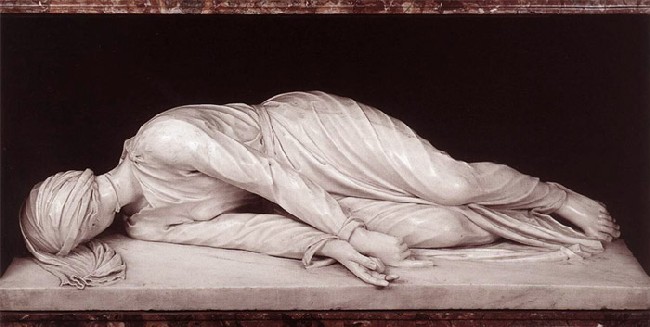Benedictines sometimes talk about the Benedictine Balance. Most often Benedictine Balance is viewed (in somewhat of an oversimplification) as integrating work and prayer (ora et labora) into one mode of living.
Benedictine oblate and author Wil Derkse also notes that he believes Christians can be enriched by other beliefs. He said that "Buddhism, Taoism, [and] the environmental movement appear to be capable of being fruitful in the Christian practice of life." This welcoming view of other traditions is also part of the Benedictine Balance.
With typical Benedictine balance, one of Wil Derkse’s example is the following Zen encouragement: "Before the enlightenment: cut wood and draw water; after the enlightenment: cut wood and draw water."
Background Info.
Benedictines — These are people from all walks and religious traditions who are interested in or live according to the Rule of St. Benedict. The Rule of St. Benedict describes how monks should live communally in a monastery and St. Benedict compiled the Rule about 530 AD. The Rule became the widest Rule used by monks. If you have a general idea of monks in black robes living in a monastery and copying scrolls — it’s probably the Benedictine monks you are thinking about.
Wil Derkse wrote:"The Rule of Benedict for Beginners," Liturgical Press, 2003.
Oblates — (the word comes from a Latin word meaning offering or gift to God) are lay men and women who live in the world, but who follow the Rule of St. Benedict as their circumstances in life allow. Oblates at Catholic and Anglican monasteries come from many religious background such as Baptists or other Protestant traditions.
Work & Prayer — A more historically accurate view of the ora et labora concept is that monks living under the Rule of St. Benedict combined work, reading, and liturgical prayer in a harmonious whole.









No comments:
Post a Comment